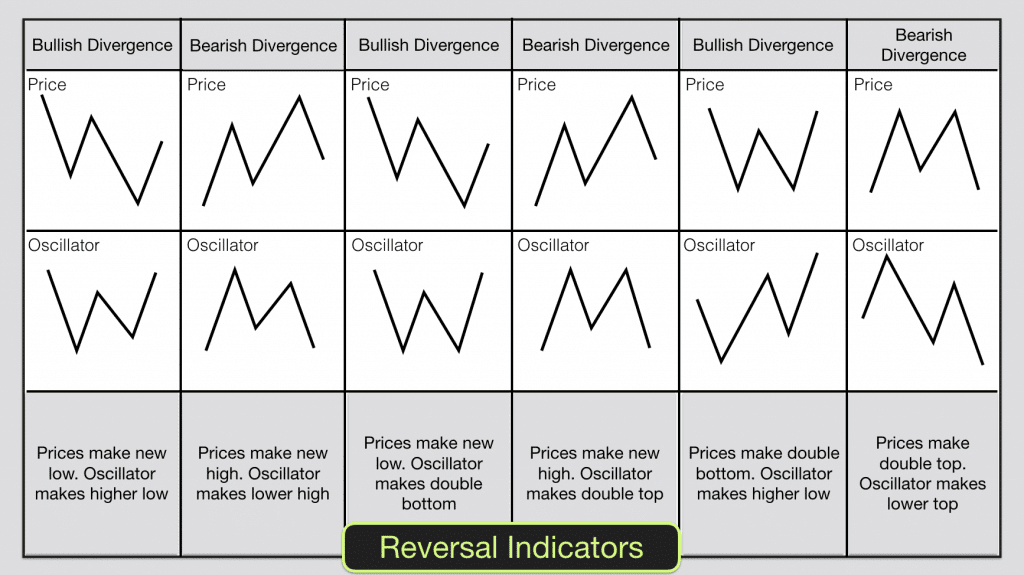Are Indicators Useful in Trading?

Imagine you're navigating a vast ocean, and your ship is your trading portfolio. The waves are the market fluctuations, and the stars are the trading signals that guide you. In this metaphorical journey, technical indicators are your compass and sextant, essential financial tools that help you chart your course and avoid treacherous waters. But are indicators really useful in trading? Let's dive in and explore.
The Role of Indicators in Market Analysis
In the world of trading, market analysis is akin to reading a map. It helps you understand where you are, where you've been, and where you're headed. Technical indicators are the landmarks on this map, providing crucial insights into market trends, volatility, and potential reversals. They transform raw price data into actionable information, making them invaluable for traders of all experience levels.
Types of Technical Indicators
There are numerous types of technical indicators, each serving a unique purpose. Let's break down a few of the most commonly used ones:
- Trend Indicators: These help you identify the direction of the market. Examples include Moving Averages and the Average Directional Index (ADX). Think of them as your ship's rudder, keeping you aligned with the market's current.
- Momentum Indicators: These measure the speed and strength of price movements. The Relative Strength Index (RSI) and the Stochastic Oscillator are popular choices. They're like your ship's speedometer, telling you how fast the market is moving.
- Volatility Indicators: These gauge the market's volatility, helping you anticipate potential price swings. The Bollinger Bands and the Average True Range (ATR) fall into this category. They're your weather vane, warning you of stormy conditions ahead.
Enhancing Trading Performance with Indicators
So, how do these indicators enhance your trading performance? By providing clear, objective data, they help you make informed decisions. Instead of relying on gut feelings or guesswork, you can use indicators to confirm your market analysis and execute trades with confidence.
For instance, if you're using a moving average to identify a trend, you might wait for the price to cross above the moving average before entering a long position. This simple strategy can help you ride the trend and maximize your profits. Similarly, momentum indicators can help you spot overbought or oversold conditions, allowing you to enter or exit trades at optimal times.
Combining Indicators for Better Results
While individual indicators can be powerful, combining them often yields even better results. This is where the concept of confluence comes in. Confluence occurs when multiple indicators point to the same conclusion, strengthening your trading signal. For example, if both a moving average and an RSI indicator suggest a buy signal, you can be more confident in your trade.
Remember, no single indicator is foolproof. That's why it's crucial to use a combination of indicators and confirm your analysis with other financial tools like chart patterns and fundamental analysis. Diversifying your approach can help you navigate the markets more effectively.
The Limitations of Indicators
While indicators are incredibly useful, they're not without their limitations. They're based on historical data, which means they can't predict the future with absolute certainty. Market conditions can change rapidly, rendering your indicators less effective. Moreover, indicators can sometimes give false signals, leading to losses if you're not careful.
To mitigate these risks, it's essential to understand the strengths and weaknesses of each indicator you use. Always backtest your strategies and stay updated with the latest market trends. Websites like Investopedia offer comprehensive guides on various indicators and their applications.
Conclusion
So, are indicators useful in trading? Absolutely. They serve as invaluable financial tools that can significantly enhance your market analysis and trading performance when used correctly. However, they're not a magic bullet. Success in trading requires a combination of technical analysis, fundamental analysis, and a solid understanding of market dynamics.
Think of indicators as your trusted navigators in the vast ocean of trading. They provide direction and insight, but the final decision is yours. So, equip yourself with the right tools, stay informed, and navigate the markets with confidence.
Now, it's your turn. Have you used technical indicators in your trading? Share your experiences and insights in the comments below. Let's learn from each other and grow together!
FAQs
1. What are the best indicators for a beginner trader?
For beginners, it's best to start with simple and widely-used indicators like Moving Averages, RSI, and Bollinger Bands. These indicators are easy to understand and can provide valuable insights into market trends and volatility.
2. Can indicators predict market movements accurately?
Indicators provide insights based on historical data, but they can't predict future market movements with absolute accuracy. They should be used in conjunction with other forms of analysis for better results.
3. How many indicators should I use in my trading strategy?
There's no one-size-fits-all answer, but using too many indicators can lead to confusion and analysis paralysis. Start with a few key indicators and gradually add more as you gain experience.
4. What is the difference between leading and lagging indicators?
Leading indicators aim to predict future price movements, while lagging indicators confirm trends that have already occurred. Examples of leading indicators include the RSI and MACD, while moving averages are lagging indicators.
5. How can I improve my trading performance using indicators?
To improve your trading performance, combine multiple indicators to confirm your analysis, backtest your strategies, and stay updated with the latest market trends. Additionally, consider using other forms of analysis like fundamental analysis for a more comprehensive approach.
```
Belum ada Komentar untuk " Are Indicators Useful in Trading?"
Posting Komentar